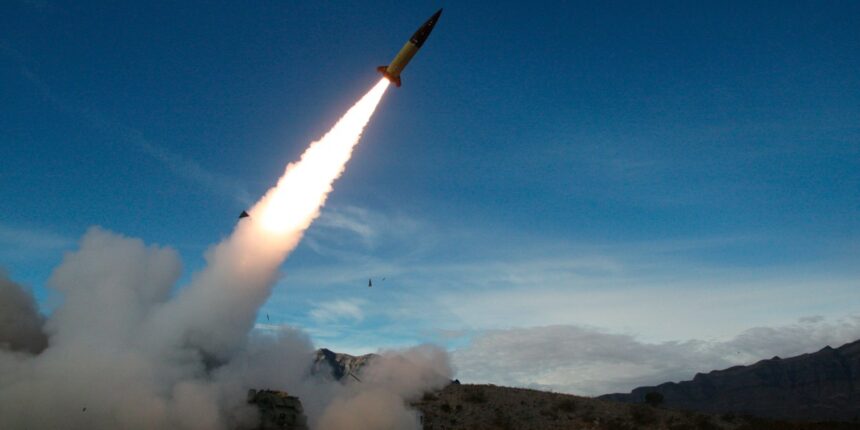One of those systems is Israel’s Iron Dome, in which radar systems detect projectiles and then signal units to launch defensive missiles that detonate the target high in the sky before it strikes populated areas. Israel’s other system, called David’s Sling, works a similar way but can identify rockets coming from a greater distance, upwards of 180 miles.
Both systems are hugely costly to research and build, and the new US aid package allocates $15 billion to replenish their missile stockpile. The missiles can cost anywhere from $100,000 to $10 million each, and a system like Iron Dome might fire them daily during intense periods of conflict.
The aid comes as funding for Israel has grown more contentious amid the dire conditions faced by displaced Palestinians in Gaza. While the spending bill worked its way through Congress, increasing numbers of Democrats sought to put conditions on the military aid to Israel, particularly after an Israeli air strike on April 1 killed seven aid workers from World Central Kitchen, an international food charity. The funding package does provide $9 billion in humanitarian assistance for the conflict, but the efforts to impose conditions for Israeli military aid failed.
Taiwan and underwater defenses against China
A rising concern for the US defense community—and a subject of “wargaming” simulations that Metrick has carried out—is an amphibious invasion of Taiwan from China. The rising risk of that scenario has driven the US to build and deploy larger numbers of advanced submarines, Metrick says. A bigger fleet of these submarines would be more likely to keep attacks from China at bay, thereby protecting Taiwan.
The trouble is that the US shipbuilding effort, experts say, is too slow. It’s been hampered by budget cuts and labor shortages, but the new aid bill aims to jump-start it. It will provide $3.3 billion to do so, specifically for the production of Columbia-class submarines, which carry nuclear weapons, and Virginia-class submarines, which carry conventional weapons.
Though these funds aim to support Taiwan by building up the US supply of submarines, the package also includes more direct support, like $2 billion to help it purchase weapons and defense equipment from the US.
The US’s Iranian drone problem
Shahed drones are used almost daily on the Russia-Ukraine battlefield, and Iran launched more than 100 against Israel earlier this month. Produced by Iran and resembling model planes, the drones are fast, cheap, and lightweight, capable of being launched from the back of a pickup truck. They’re used frequently for potent one-way attacks, where they detonate upon reaching their target. US experts say the technology is tipping the scales toward Russian and Iranian military groups and their allies.
The trouble of combating them is partly one of cost. Shooting down the drones, which can be bought for as little as $40,000, can cost millions in ammunition.

